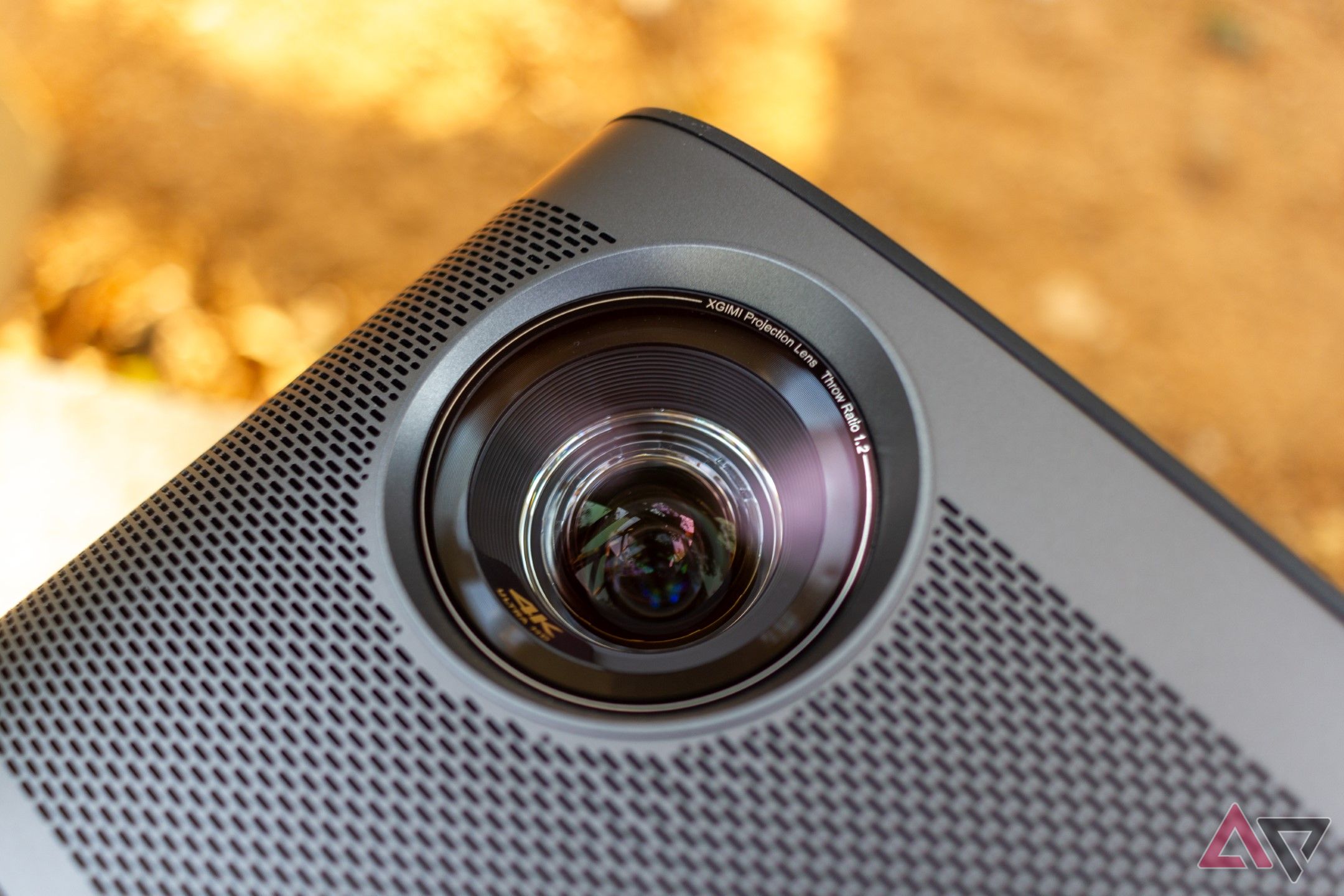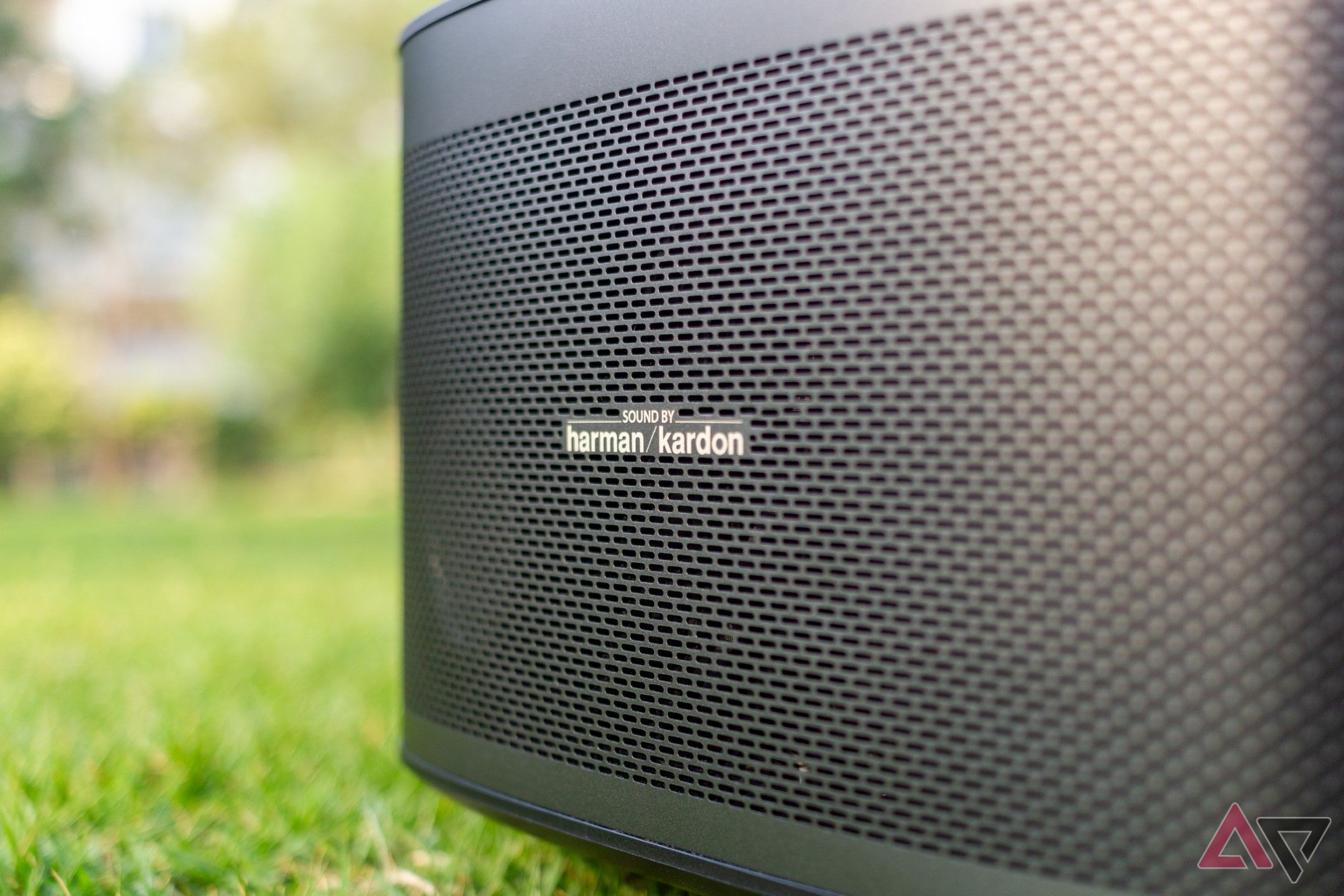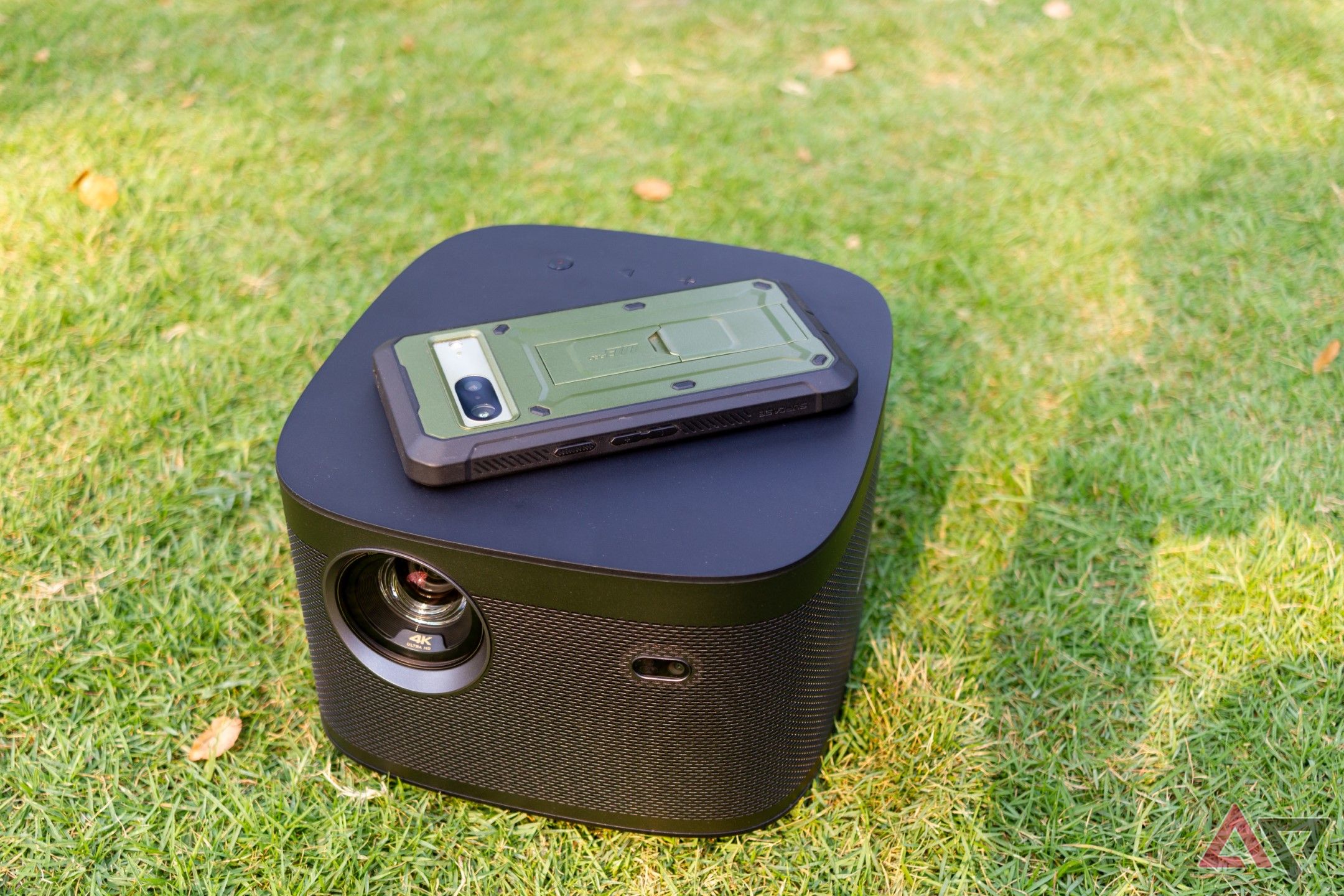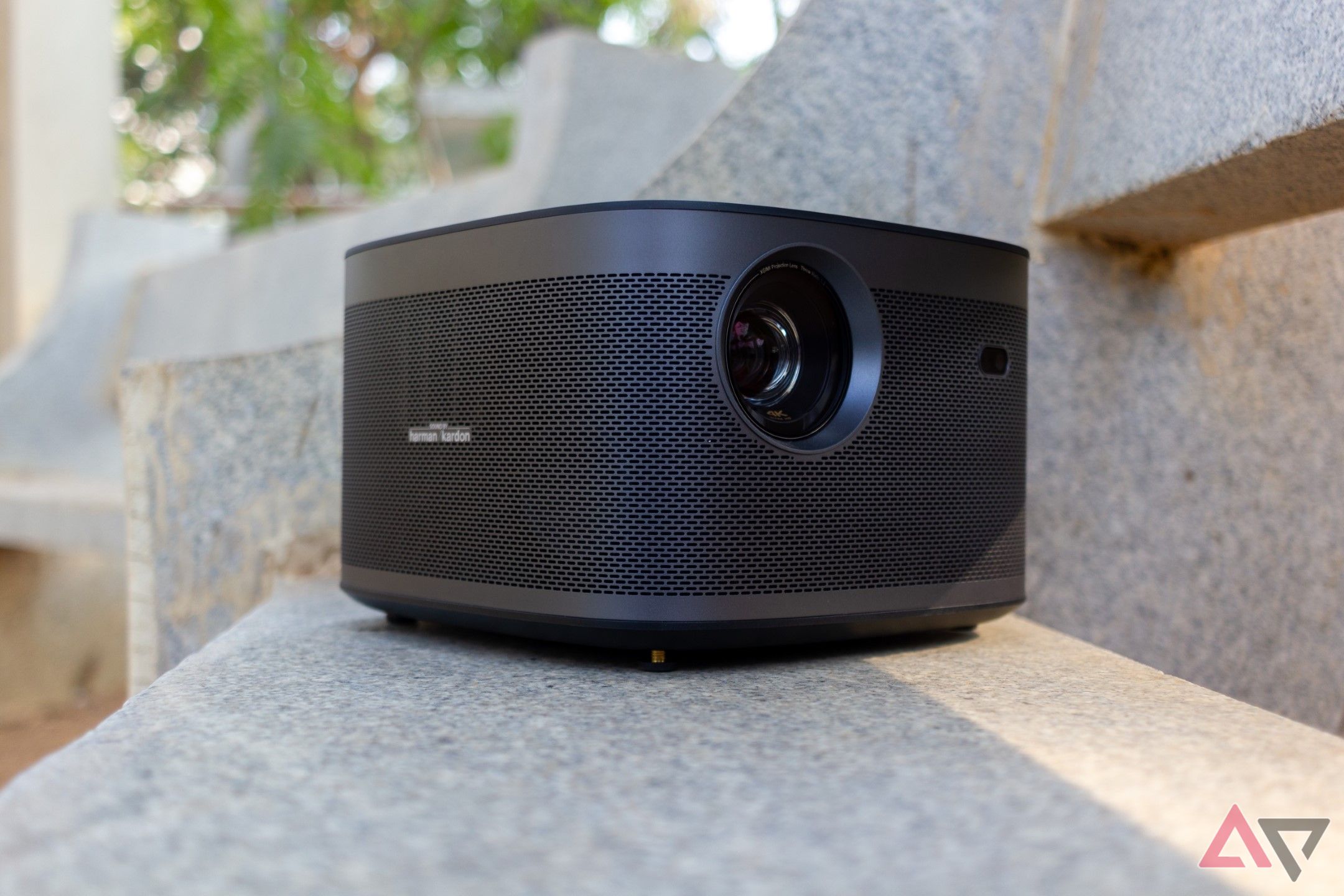The last decade has been significant for movie buffs and content lovers, marked by the prevalence of on-demand entertainment, affordable access to high-resolution video, and hardware capable of viewing it. Naturally, the devices we use to watch video have changed, too, and we’ve switched from TVs to full-blown home theaters.
Anyone looking to level up their experience would look for a good projector running Android because 4K smart TVs don’t justify their limitations beyond a certain price. Let me explain why, with Xgimi’s Horizon Pro 4K smart projector on hand as a fitting example.
I’ve tested this portable projector for over four weeks with wide-ranging applications, including gaming, movies, and an objective comparison with a conventional emissive display. The Horizon Pro punches well above its price with its native 4K resolution, impressive obstacle avoidance, and convenient keystone system. However, it isn’t your dream picnic companion, and Xgimi seems to swear by Android TV instead of Google TV, even in 2024.
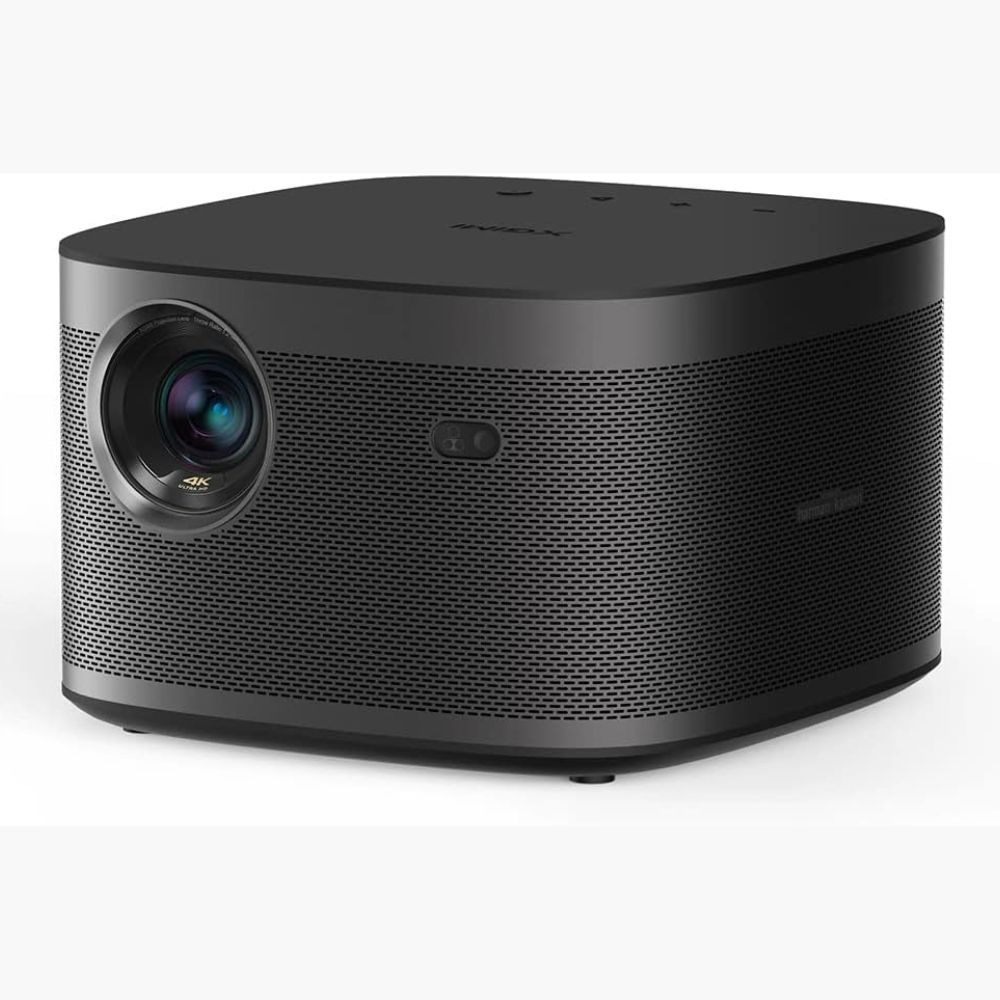
Xgimi Horizon Pro
The Horizon Pro gets the basics right with fantastic sound and image quality but seems to suffer an identity crisis in the portability department. Automatic keystone and focus are effortless, but a lens cap isn’t included. You also get all the conveniences of a smart TV with Android TV OS, but not Netflix.
- Convenient and automatic keystone, focus
- Accurate and effective obstacle avoidance
- Exceptionally vivid and crisp picture quality
- Doubles up as a Bluetooth speaker
- No Netflix out of the box
- Lacks a lens cap, manual controls, and optical zoom
- Runs the older Android TV instead of Google TV
- Appalling MEMC and color calibration options
Price and availability
Readily available with two variants
Despite its no-advertising policy, Xgimi is a well-known brand in the premium projector space. It competes with BenQ’s TK700 and other models from Epson and Samsung. The Horizon Pro is the brand’s first 4K projector. It has a $1,900 sticker price but is often found on Amazon for around $1,100 to $1,300 in the US.
If you don’t have a large screen that would benefit from the 4K resolution, Xgimi also has the vanilla Horizon variant, which retails for $800 on Amazon. All other accessories, such as floor stands, ceiling mounts, and desktop stands, are sold separately.
Specifications
- Brand
- Xgimi
Design, hardware, and what’s in the box
All-around premium
The Horizon Pro is a premium projector; the unboxing experience makes that evident. Everything comes packed in individual boxes, and the projector is padded adequately to protect it from shipping damage. The 6.4lb projector ships with a remote and external power adapter. Although the 250W external power supply helps the projector’s weight and portability, the supplied cord is short and terminates in a proprietary connector in a world where USB-C PD capable of 240W and standard barrel jacks are commonplace.
Everything else about the projector feels premium and well-built. You’ll see smooth plastics on the top, bottom, and back, with a gray metallic grille wrapping around the lens and the other three sides. Our Horizon Pro came finished in a gunmetal gray, but the 1080p Horizon model boasts a brighter, silver finish. The remote feels equally premium in hand, with an eclectic mix of hard plastics, metallic finishes, and tactile buttons pairing nicely with the spring-loaded battery door. I missed the mute button, but the remote has one-tap options for Google Assistant and autofocus.
On the projector, you only see basic controls such as the capacitive touch controls for Play/Pause, volume adjustment, and the tactile power button packing an integrated indicator LED. You might immediately notice the projector lacks a lens cap, physical buttons, and dials for keystone, manual focus, and optical zoom. That’s because this sealed assembly has a fixed throw ratio of 1.2:1, meaning the projected image grows a foot wider for every 1.2 feet you move the projector farther away from the screen.
With this, the Horizon Pro can display 4K visuals measuring between 40 and 200 inches diagonally. The missing lens protection hinders mobility, but software features more than make up for it.
On the underside of the Horizon Pro, I’m happy to see Xgimi includes four threaded brass inserts in each corner with screw-in feet for leveling, besides the central insert used for tripod mounting. However, you will need a high mounting location because angling the projector upwards doesn’t help matters much. The uneven weight distribution of internal components didn’t inspire confidence in using the central mounting location with a camera tripod, so I would suggest investing in a ceiling or wall mount instead.
Stashing the Horizon Pro in a receptacle might not be the best idea either because the side-firing speaker grilles with Harman Kardon branding double up as air intakes for the cooling fan that dumps heat out the back. The fan gets quite loud and is audible during the calm before jump-scares in horror flicks, especially if you rely on speakers instead of headphones.
Minor quips aside, the Horizon Pro stands out as a high-end product with premium hardware that looks built to last as long as the lamp does. The brand claims the LED lamp should last 25,000 hours — that’s 34 years, watching a two-hour movie every day.
Although I cannot verify this claim by speed-running the product through years of usage, this exceptionally long lamp life only justifies the Horizon Pro’s steeper upfront cost compared to other projectors, which would need expensive lamp replacements to extend their service life. If you need one on your Xgimi projector, remember they aren’t sold over the counter, and you’ll have to seek support from the brand.
Software and user experience
Restrictive but functional
There’s only so much you can judge from a book’s cover. Booting up the Horizon Pro set us up for a tête-à-tête with the onboard Android TV OS and other software features. The projector is ready to use in under a minute, including the auto-keystone and autofocus procedure switched on by default. If you have a rigid installation, you can turn these features off to save a few more seconds on the boot time.
The remote isn’t paired with the projector, which was a surprise. Still, once you’re past that, you’ll find the automatic keystone correction, which is wonderfully convenient and triggered automatically every time the projector moves. However, I found the system over-sensitively reacting to the slightest bump. The dedicated autofocus button is also a nice touch, and it doesn’t interrupt content playback like keystone correction.
Autofocus, keystone, black display, white display, and Android TV
The projector also has accurate obstacle avoidance, so visuals aren’t projected on decoratives, lamps, and wall outlets near the screen edges. The same system also works for automatic edge detection if you’re projecting on a screen. Unfortunately, the aforementioned lack of variable throw ratio means you’re reliant on digital zoom for obstacle avoidance, depriving you of the Horizon Pro’s full 4K goodness. These make setup effortless, though, regardless of your location.
After the brief one-time setup of linking the device to your Wi-Fi network and Google account, you’ll see the Android TV homepage with apps like YouTube pre-installed. A Xgimi representative told us newer projectors will ship with Google TV, but the Horizon Pro will stick with the older Android TV OS.
The performance is as good as you can expect from a system with 2GB of RAM, and there are no OS-level ads to annoy you, either. There’s 32GB of internal storage for your apps and files, but you can only store a couple of 4K movies offline at a time.
Color calibration options are limited in the Settings section
The biggest disappointment for anyone ditching a smart TV for a Horizon Pro is the lack of Netflix support out of the box. Technically, it is an Android TV limitation and, to Xgimi’s credit, a guide to sideloading Netflix ships with the projector.
It is a cumbersome process even for the technically inclined, and you might be better off plugging a streaming stick into one of the two HDMI 2.0 inputs to work around this limitation. The projector also has Chromecast built-in for added convenience.
Image quality
Performance where it matters most
With software out of the way, it’s time to dive into the deep end with a thorough assessment of the Horizon Pro’s image quality. Right off the bat, I want to clarify that the tests were performed using a smooth pale yellow color wall as a screen in two different rooms, in total darkness, indoor lighting, and sunlight filtering in through windows.
The Xgimi Horizon Pro uses a 0.47-inch DMD display chip with native 4K resolution at a 16:9 aspect ratio best suited for movies and videos. The projector uses a DLP color wheel and an LED lamp with an advertised brightness of 1,500 ISO lumens. The hardware supports HDR10 and HLG for enhanced dynamic range, but the difference is barely noticeable compared to SDR in movies.
Once set up, the projector’s auto-keystone creates heavy light shadows, which hamstring the visual immersion, but Xgimi says it’s common for DLP projectors when projecting from the side. Nonetheless, the projector shines with animated movies like Kung Fu Panda (2008) and Suzume (2022), which use HDR to the fullest. The colors are bright and punchy, with adequate contrast and saturation. In movies like Ford v Ferrari (2019), I noticed a few things the projector could do without.
Stills from Ford v Ferrari
In the opening shot where Carroll Shelby is racing, the sharp contrast of the dark racetrack against the racecar’s lights is rendered accurately, with minimal loss of detail in the gray tones, while rendering pitch black blacks — a phenomenon known as black crush. However, the projector also features MEMC, which adds frames to make motion appear smoother.
It usually goes unnoticed on high-resolution smartphone displays. Still, it becomes painfully obvious in slow-moving shots, like when Shelby leaves the doctor’s office, thanks to the Horizon Pro’s 60 Hz refresh rate. I had to turn the feature off for subsequent testing and would’ve gladly appreciated real-time content upscaling instead.
Gaming in Forza Horizon 5 compared to a calibrated LCD
Of all the modes we tested, the Movie preset minimizes light shadows and delivers perfect black colors. However, Xgimi doesn’t give users many options for display calibration in the Custom preset. Although you won’t notice the screen door effect because of this projector’s 4K resolution, small text in high-contrast settings can become a little hard to read.
The software also features automatic brightness smarts to compensate for ambient light or the lack thereof. It works astoundingly well, gradually switching between brightness levels. So, the average daylit room isn’t a problem for the Horizon Pro, but bright sunlight and indoor lights shining on your screen.
Objective comparison to a calibrated LCD with ambient sunlight
In a face-off with a color-calibrated LCD, the projector’s slightly boosted contrast and saturation levels become obvious. In most situations, the brightness and ability to resolve black and white tones are comparable, but the emissive display isn’t as pleasing to the eye. The projector also exhibits better dynamic range even with HDR switched off, as seen in the first-person view screenshot.
The last concern you may have with this projector is the DLP color wheel effect, which I didn’t notice at all, even with the fast-paced gameplay in Forza Horizon 5. For most situations, you could just turn off MEMC in Movie mode, and you’re off to the races.
Sound
Perfect for YouTube and casual listening
Watching a movie on Mute isn’t fun, and sound plays an undeniably important role in your immersion — the Horizon Pro packs dual side-firing full-range speakers by Harman Kardon. With the projector placed directly behind you, they deliver adequate stereo separation. Acoustic performance is a tad better than the average smart TV speaker, with crisp, defined lows and clear mids helped by sharp highs. It isn’t tinny or unnecessarily boomy, but distortion creeps at high volumes as the speakers deliver room-filling sound.
You can turn off the projector lamp and use the Horizon Pro as a Bluetooth speaker if you like, but temper your expectations because the sound seems to originate from a point source in the room. The built-in speakers are fine for YouTube and casual listening, but if you are looking for more, you can connect a surround sound system using an optical S/PDIF interface or the 3.5mm jack for headphones.
The projector can decode DTS-HD, DTS-Studio Sound, Dolby Audio, Dolby Digital, and Dolby Digital Plus. However, don’t expect automatic input switching with HDMI inputs and audio outputs — all that is managed in the Settings menu.
Competition
Convenience for the win
The Xgimi Horizon Pro is a premium cinema projector that checks all the boxes. At $1,100, it is a great value proposition if your theater or living room can accommodate a 200-inch screen. Just past the 85-inch mark, good OLED TVs become prohibitively expensive.
If you’re going the projector route and plan to use a streaming stick instead of the onboard Android TV, you’re likely considering the $1,100 BenQ TK700, brighter and more compact, or the Optoma UHD35 for its superior contrast ratio. Even then, the Horizon Pro and the 1080p Horizon model take the cake with a good balance of portability-focused conveniences, Android TV 11, and fantastic picture quality.
Similar models like the BenQ X3000i and Formovie Theater Projector cost a whopping $2,330 and $3,000, respectively. Also, the advertised lamp life on Xgimi’s projectors would make them cheaper if you factor in lamp replacement costs on the Optoma and BenQ models.
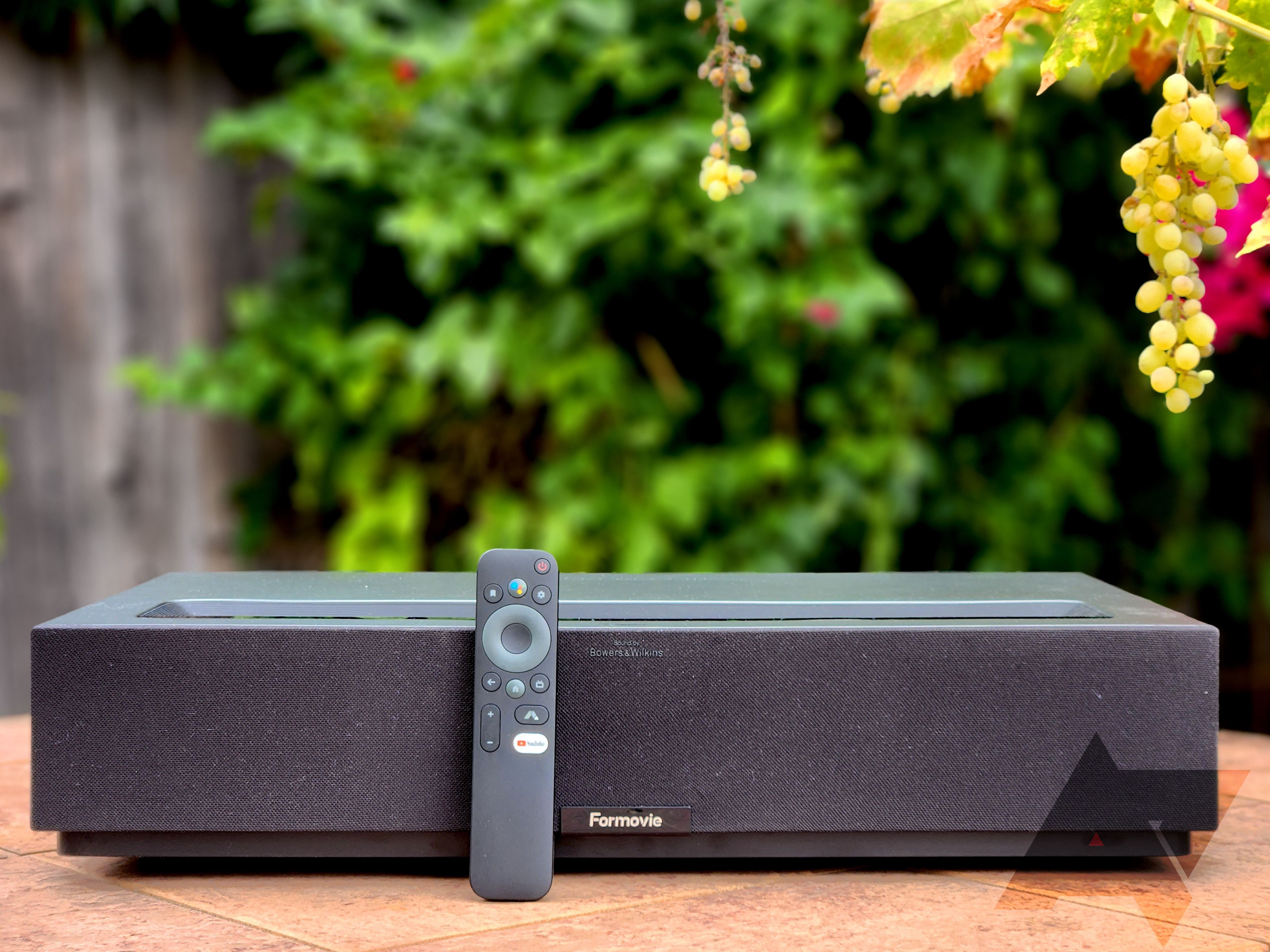
Formovie Theater Projector review: Putting the ‘pro’ in projector
If your wallet agrees, it’s well worth a look
Should you buy the Xgimi Horizon Pro?
Make compromises, but not critical ones
If it boils down to a purchase decision, you need to evaluate the Horizon Pro differently. If you need manual controls for optical zoom, an external power supply, good integrated speakers, rich I/O, and an Android OS aren’t a priority, you’re better off saving some dough and buying the Optoma UHD35 or UHD35x for $950 and $900, respectively.
However, when convenience is king, and you’re okay using a streaming stick for Netflix, the Xgimi Horizon Pro nails everything from minimal user involvement to stellar image quality. I would just consider pairing the Horizon Pro with a great soundbar, even for living room binge sessions.

Xgimi Horizon Pro
Few projectors can match the Horizon Pro’s value proposition, packing 4K resolution, convenient keystone and focus, and an Android TV experience into a portable projector that sounds as good as it looks. A few quirks can be overlooked, unless you seek uncompromising excellence and Netflix on demand.
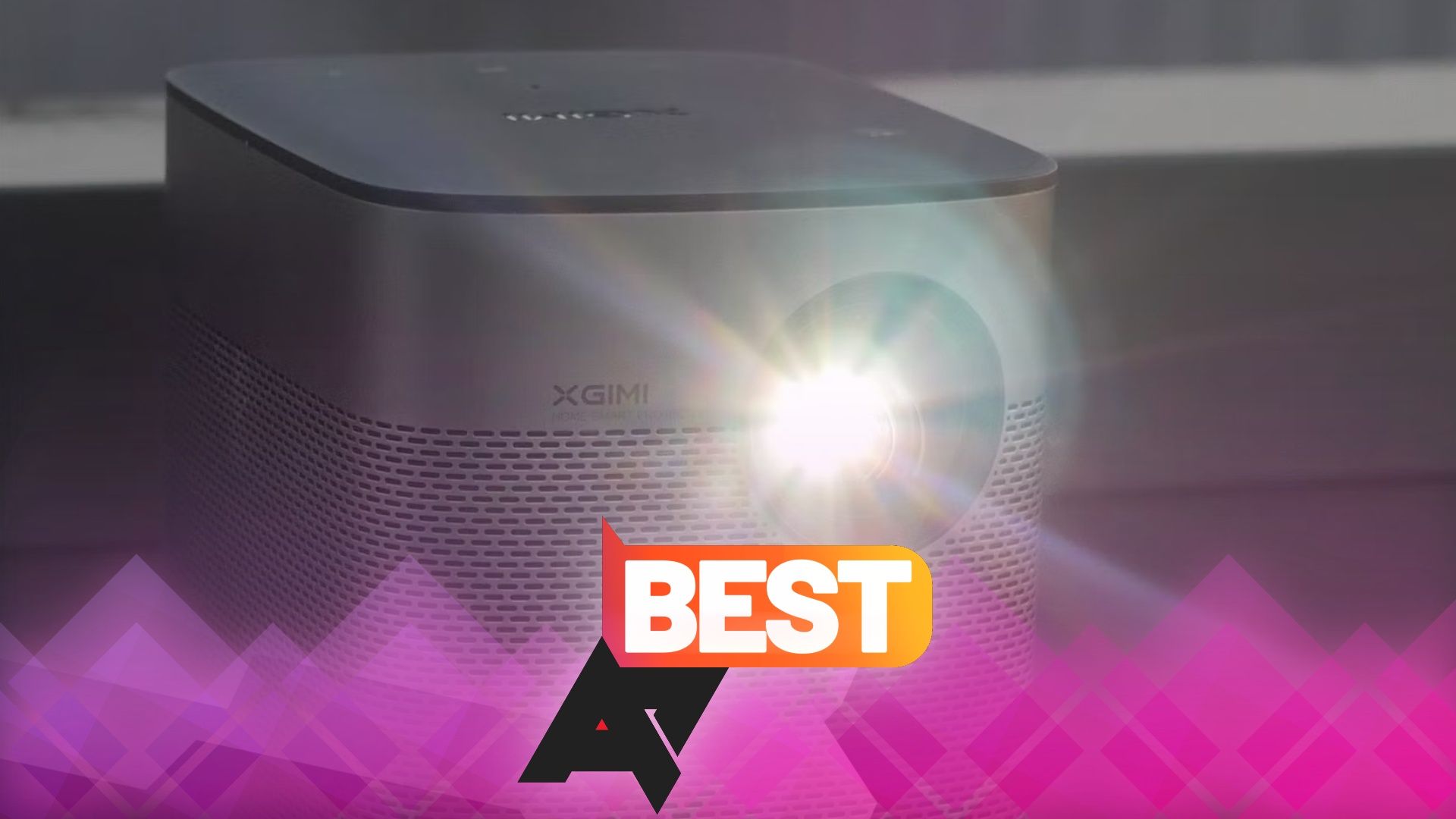
Best Android projectors in 2024
Go big and ditch the screen with these Android-powered projectors


